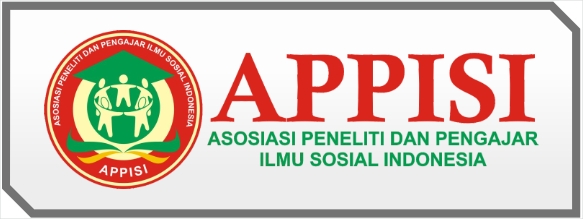The Effect of Brainwriting Learning Model Assisted by Short Film Media Bullying “RAPUH” on the Ability of Writing Response Texts of Grade VII Students of SMP Negeri 2 Percut Sei Tuan
DOI:
https://doi.org/10.56127/jushpen.v4i1.1995Keywords:
Brainwriting Model, Short Film Media, Writing Ability, Response TextAbstract
This study aims to analyze whether there is an effect of using the Brainwriting model assisted by the short film media bullying "Rapuh" on the ability to write response texts of class VII students of SMP Negeri 2 Percut Sei Tuan. The population in this study were students of class VII of SMP Negeri 2 Percut Sei Tuan with a sample size of 34 students in the first class and 34 students in the second class. The instruments used in this study were context, description, assessment, responses agreeing to opinions, responses rejecting opinions and responses to suggestions. The method used in this study was the Two Group Posttest design. The data analysis technique used the analysis prerequisite test, namely the normality test, homogeneity test, and hypothesis test. The results of the study in the control class obtained an average value of 64.62 and was categorized as sufficient. Meanwhile, the results of the experimental class research obtained an average value of 86.38 and included in the Very Good category. through hypothesis testing, namely t table count, namely 10.705 > 1.69092, it can be concluded that there is a significant influence of the use of the Brainwriting model assisted by the short film media bullying "Rapuh" on the ability to write review texts of class VII students of SMP Negeri 2 Percut Sei Tuan.
References
Akbar, W. W., Pandiangan, G. L. D., Perangin Angin, J. M., & Hadi, W. (2021, July). Penggunaan Video Kartun sebagai Meida Pembelajaran Bahasa dan Sastra Indonesia di Era Digital. in Prosiding Semnas PBSI-IV Tahun 2021 Tema: Pembelajaran Bahasa dan Satra Indonesia Berbasis Digital Guna Mendukung Implementasi Merdeka Belajar (pp. 155-160). FBS Unimed Press.
Asih. (2016). Strategi Pembelajaran Bahasa Indonesia. Bandung: Pustaka Setia.
Dewayani, S., Subarna, R., & Setyowati, C. E. (2021). Buku Panduan Guru Bahasa Indonesia untuk SMP Kelas VII. Jakarta: Pusat Kurikulum dan Perbukuan Balitbang dan Perbukuan Kemdikbudristek.
Dalman. (2016). Keterampilan menulis.Jakarta: Raja Grafindo Persada.
Darmadi, Kaswan. (1996). Meningkatkan Kemampuan Menulis. Yogyakarta: Andi Offset.
Dinamaryati, D. (2021). Penerapan Pendekatan Pembelajaran Berbasis Genre dengan Media Pembelajaran Kartu Topik untuk Meningkatkan Prestasi Belajar Siswa pada Mata Pelajaran Bahasa Indonesia Materi Menyusun Teks Tanggapan di SMPN 4 Bolo Kelas IX-3 Semester I Tahun Pelajaran 2020/2021. Jurnal Pendidikan dan Pembelajaran Indonesia (JPPI), 1(2), 328-339.
Frensivitasari, A., Ariesta, R., & Kurniawan, R. (2020). Kemampuan Menulis Teks Tanggapan Berdasarkan Film Pendek Siswa Kelas IX SMP Negeri 13 Kota Bengkulu. Jurnal Ilmiah KORPUS, 4(3), 276-283.
Hasanudin, C., Fitrianingsih, A., Tirtanawati, M. R., Sari, B. P., Ulfaida, N., Setiawan, D., & Noeruddin, A. (2024). Pendampingan Siswa Sekolah Menengah Pertama dalam Menulis Teks Tanggapan dengan Bantuan Metode Sugestopedia. Jurnal Gembira: Pengabdian Kepada Masyarakat, 2(02), 367-380.
Sugiyono. (2018). Metode Penelitian Kuantitatif, Kualitatif, dan R&D, penerbit Alfabeta,Bandung.






















